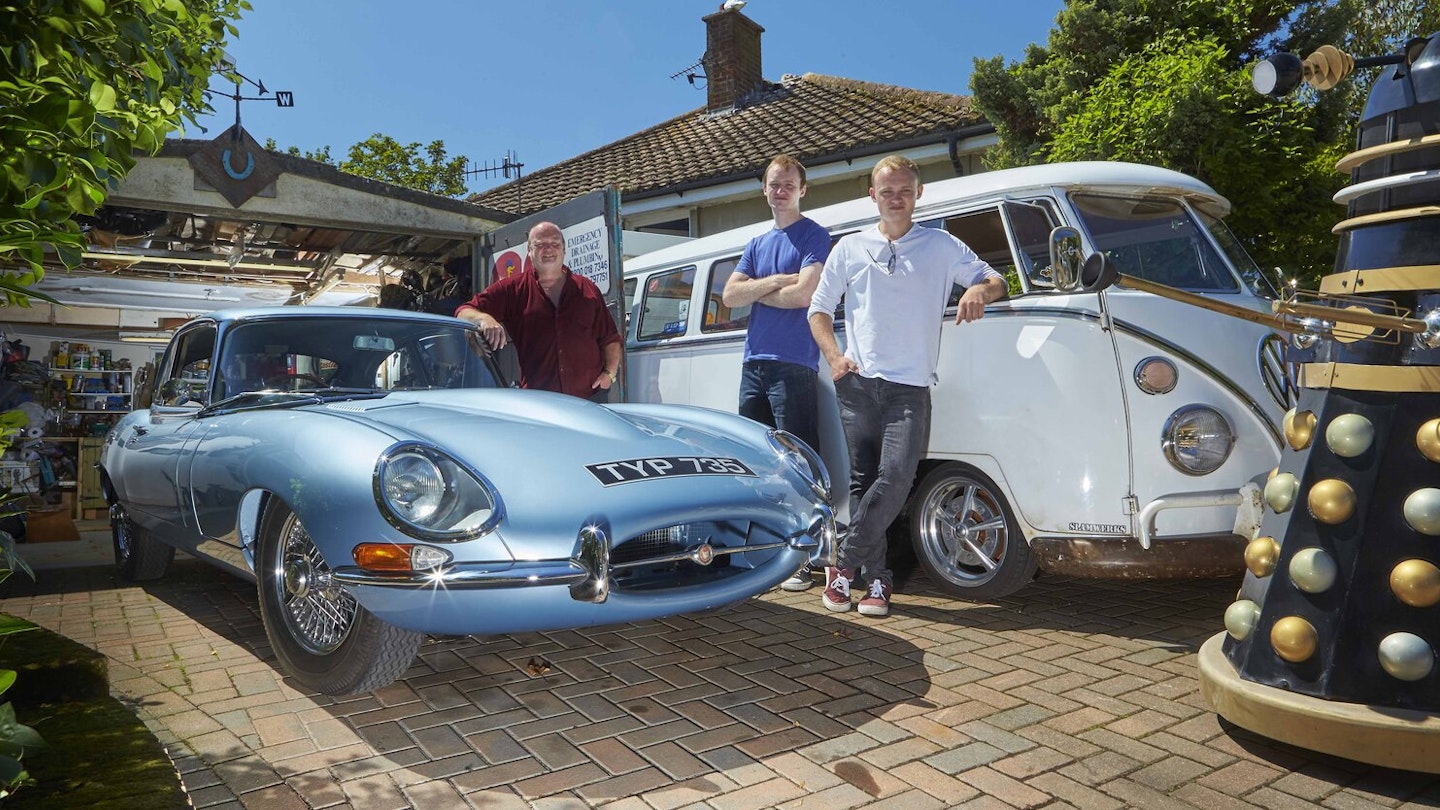Words: James Walshe Pictures: Matt Howell
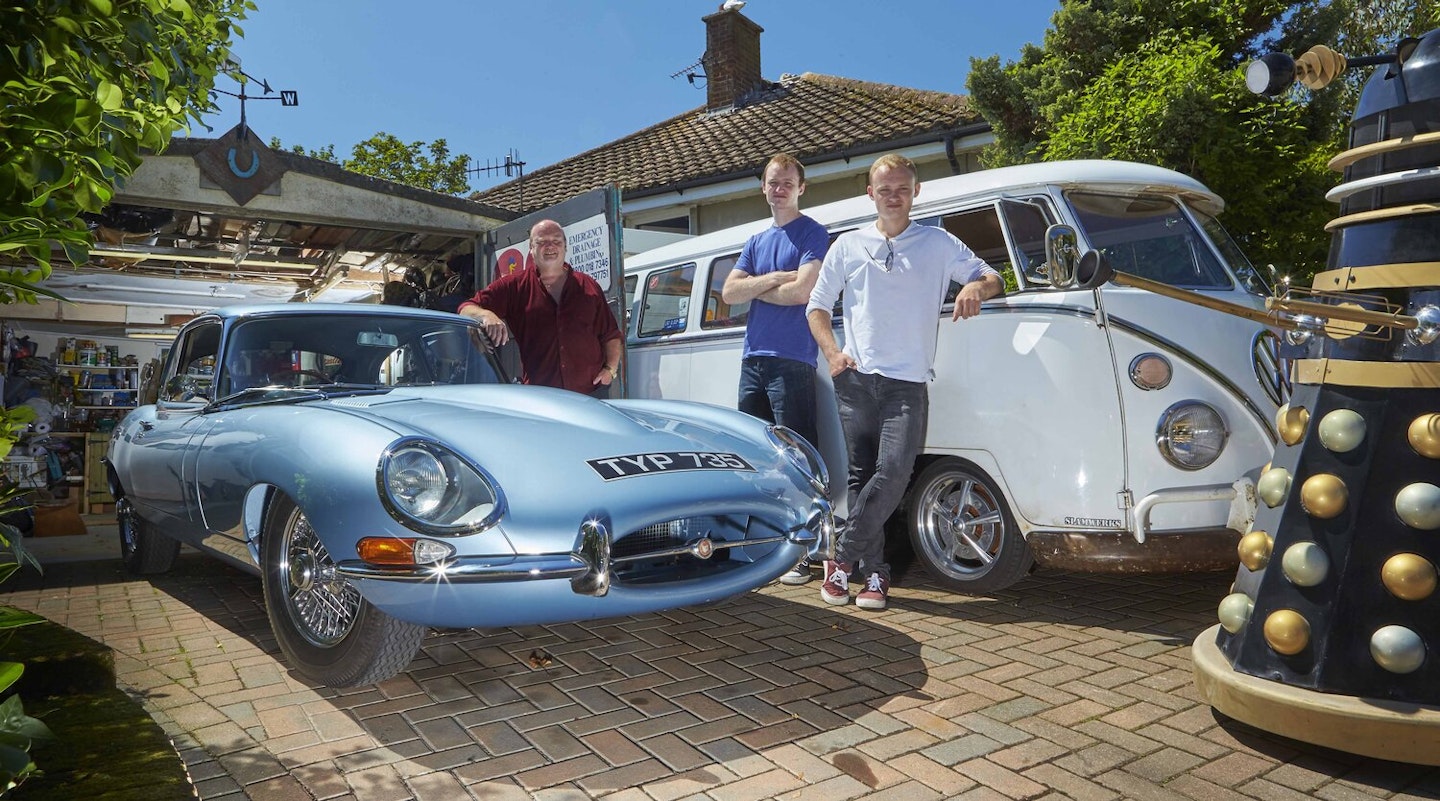
It’s easy to forget that what is quite ordinary to we classic car types, is far from normal to everyone else. We’re standing on the pavement outside Norman Smyth’s house as a passing Passat scuffs to a halt and in a frenzy of gearbox whine reverses backwards and up the pavement towards us. Hauling most of his upper body through the window, the driver enthusiastically stabs a finger at each of the vehicles on the driveway: ‘I want that E-type, that Volkswagen bus is epic, I love that Mini and that Dalek is The Boss.’ Laughs all round as he smokes away through suburban East Sussex.
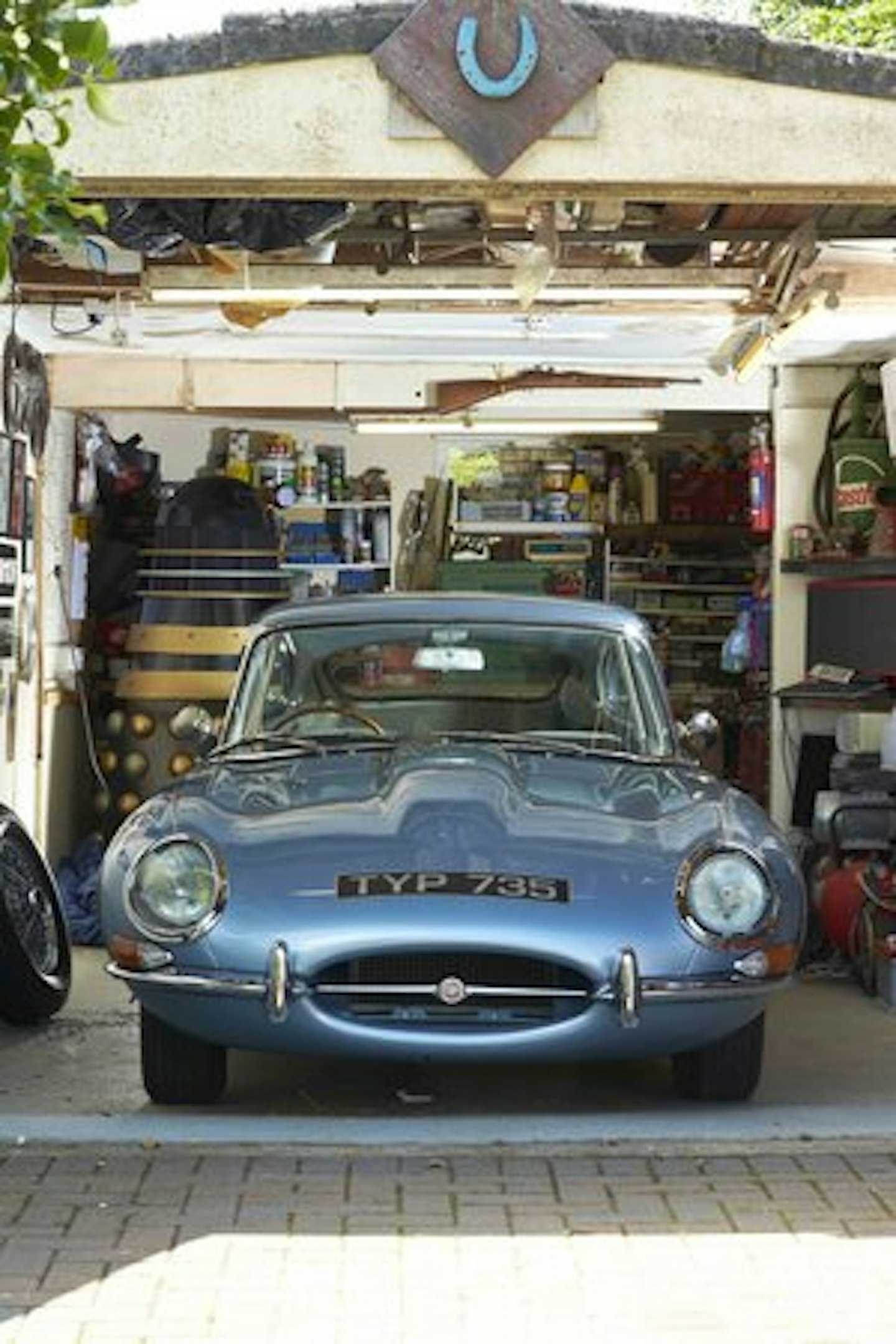
The man behind this clutter of contraptions admits: ‘It must look a bit strange to people. But they’re all Sixties icons and they always get a reaction!’
Norman has just finished the restoration of a lifetime and is an extremely happy man. He stands beside his gleaming E-type, grinning with pride. It has, however, taken a while. Life for the Smyth family hasn’t been at all easy in recent years.
As Norman’s wife Angie underwent intensive chemotherapy, he began his mission to restore a car for them to both enjoy once the cancer treatment had finished. It began with the refurbishment of a Moss Malvern and moved on to a VW camper, both of which they gave them great pleasure through trips to the nearby coast where they discussed the ultimate goal. This came down to the restoration of either a Healey 3000 or a Jaguar E-type. Less than a year later, the cancer returned and this time, Angie lost the fight.
‘I didn’t know what to do’ says Norman. ‘Nothing prepares you for it.’ He and his sons began to find ways of rebuilding their shattered lives. The refurbishment of a classic Mini for his eldest son distracted him for a while but Norman needed something more challenging. ‘Getting on with life wasn’t easy. But the idea of owning one of my dream cars was still on my mind. It’s what Angie and I wanted, after all’.
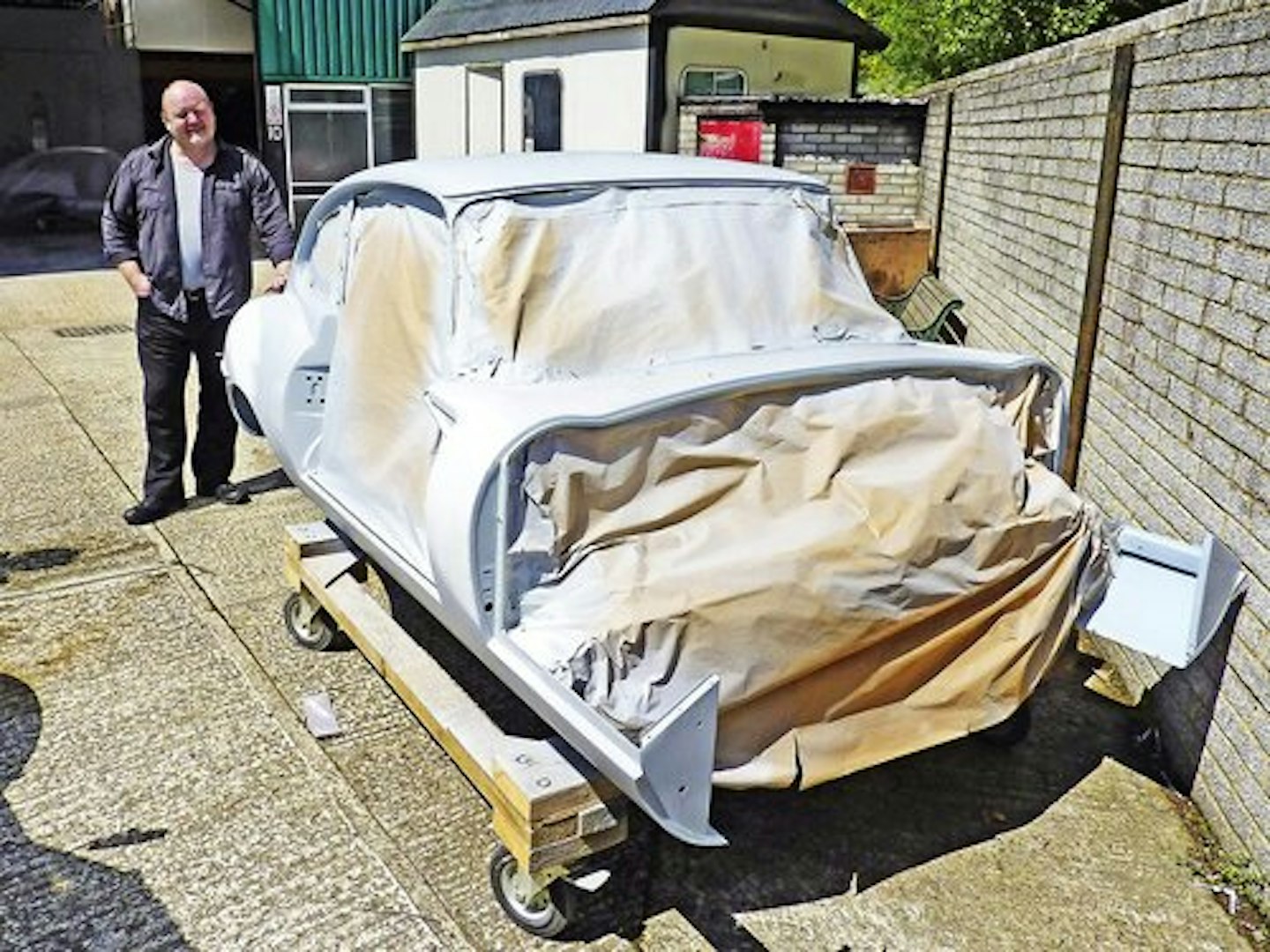
In a stroke of pure luck, Norman found himself a dismantled E-type 2+2 Series 1 and a seller who needed shot of it quickly. With funds tight, Norman had to choose his project carefully. ‘I had absolutely no experience of restoring a car of this type so was really nervous. You can’t take short cuts with an E-type.’ The car was an unknown – just a load of bits in boxes – but with a complete engine. Fortunately the shell was very original and in good order – paint previously stripped and no rust – and that engine had recently undergone major surgery, according to the paperwork.

However, the rest of the car was in dozens upon dozens of crates with little clue as to what each box actually contained. ‘I spent days unpacking parts, laying out all the components and trying to identify them. It’s the smaller details that confuse. What nut goes here, what bolt goes there? Where do you run the wiring loom? What connects to what? Which order do things get put on?’ Norman admits he spent hours fitting parts only to remove them later because he’d inadvertently done it all in the wrong order.
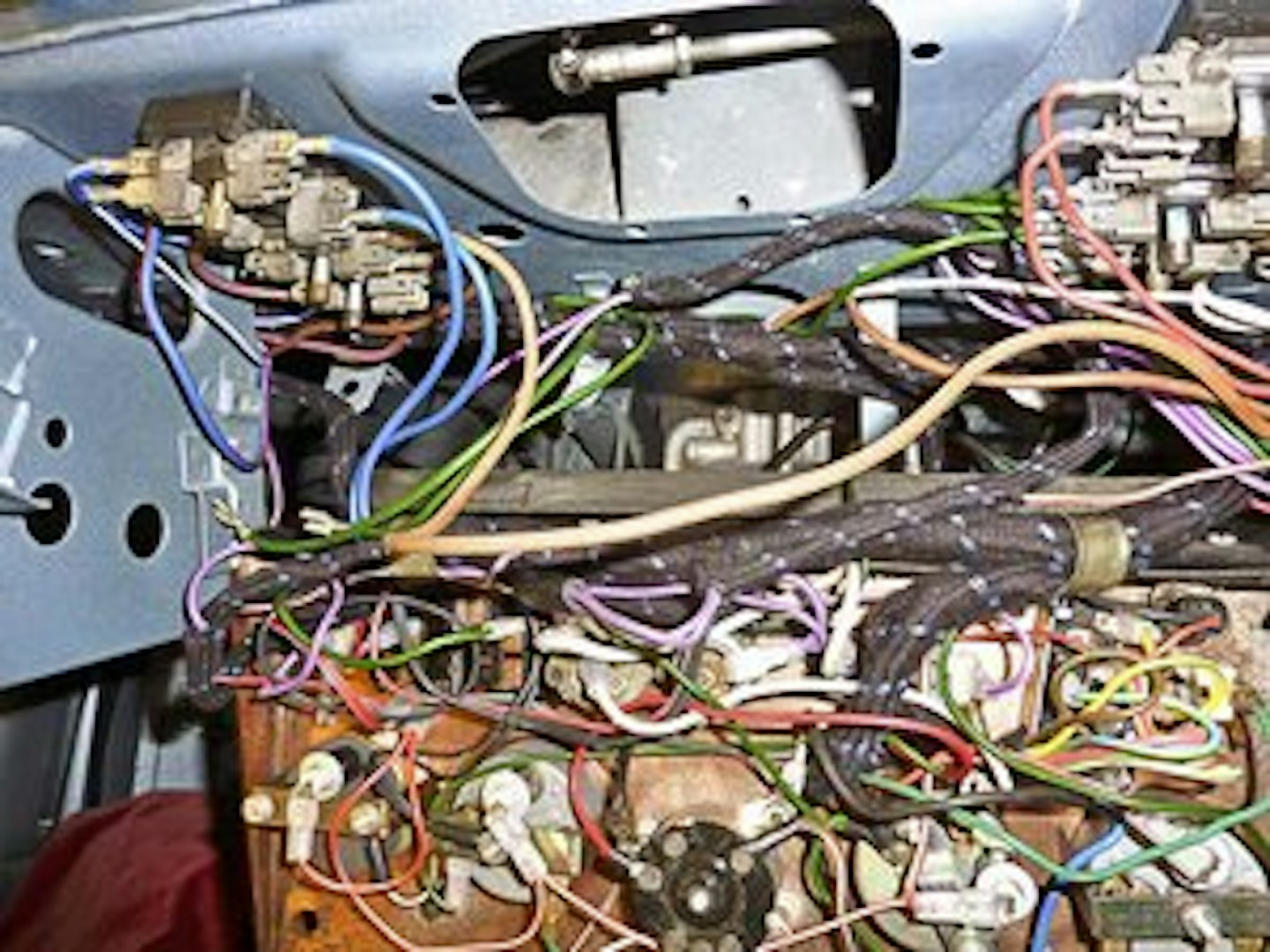
He began again. Working from the small garage outside his four-bed bungalow, hours were spent on the Internet on a computer he’d dragged outside and connected to his wi-fi. ‘It’s obviously difficult restoring and rebuilding something you didn’t take apart in the first place. It’s a huge jigsaw puzzle of parts but I was determined to do it.’ By now, there was a real momentum to do the job properly – to create something truly spectacular. Badly painted wishbones became nickel-plated works of art. Weeks were spent refurbishing the pedal box, fuel pump and countless other parts. But he says there was a sense of huge achievement each time a job was completed: ‘It is the investment in these small parts – as well as the bigger bits – that makes the car yours.’
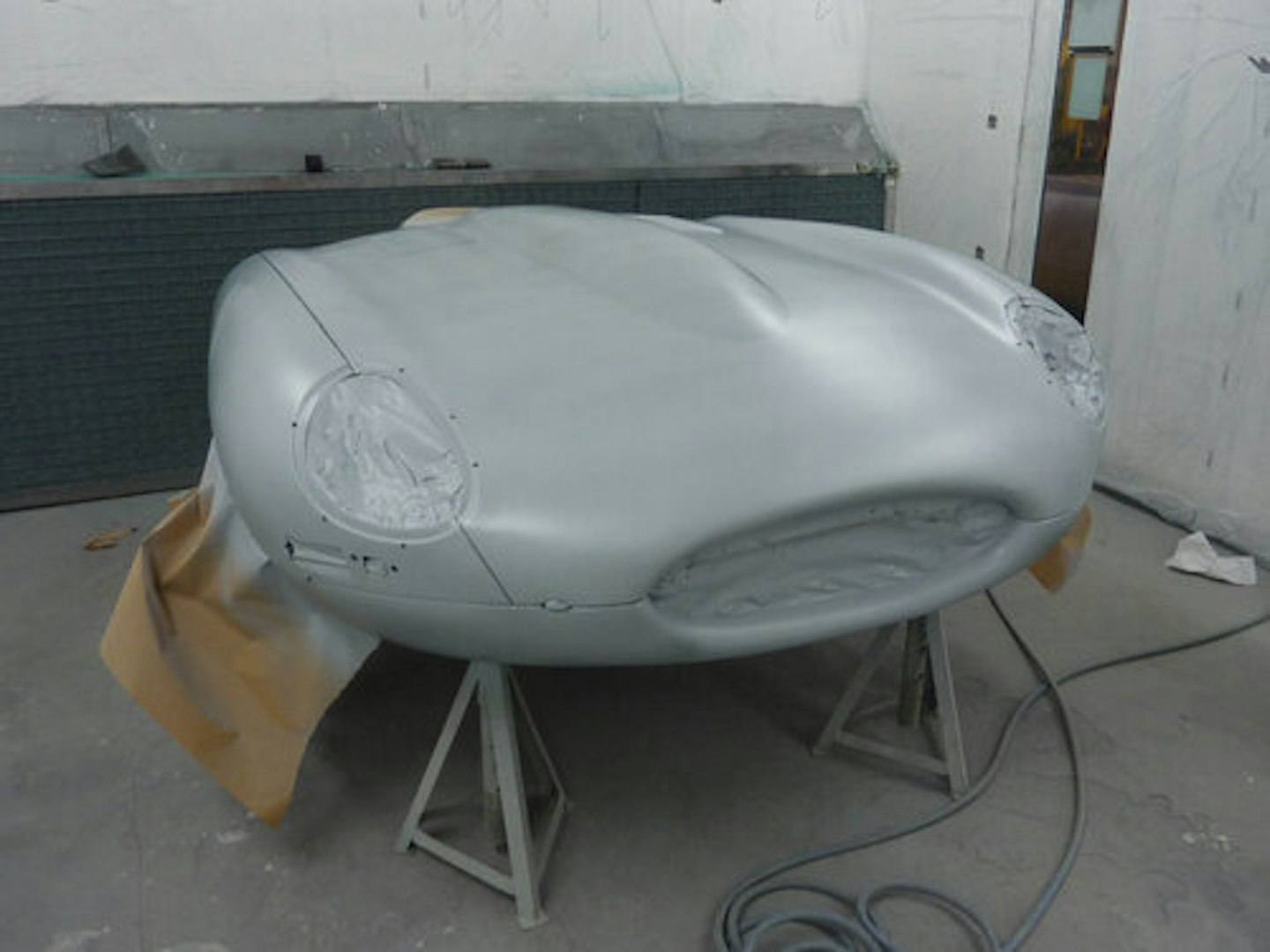
Brave though he is, one area that made Norman particularly nervous was paintwork. ‘An E-type just isn’t car for an amateur DIY finish, so I scraped some money together for a professional job’. It ended up in the hands of IDL Ltd in St Leonards where the owner, Gordon, found the E-type to be very original: ‘All original panels, no repair work and no rust’ says Norman with a grin. ‘I wanted to keep the car in Opalescent Silver Blue and they did a brilliant job’.
Shell now gleaming, the time had come to begin reconstruction. On the advice of other Jaguar restorers, oddly the first job was to fit the windscreen washer jets. ‘Once the surrounding parts and trim are fitted, you won’t easily be able to access them again. Tips like this really helped to save time and energy’ says Norman. ‘You can’t beat having a bunch of enthusiasts on hand during a restoration. Shared knowledge is so valuable.’
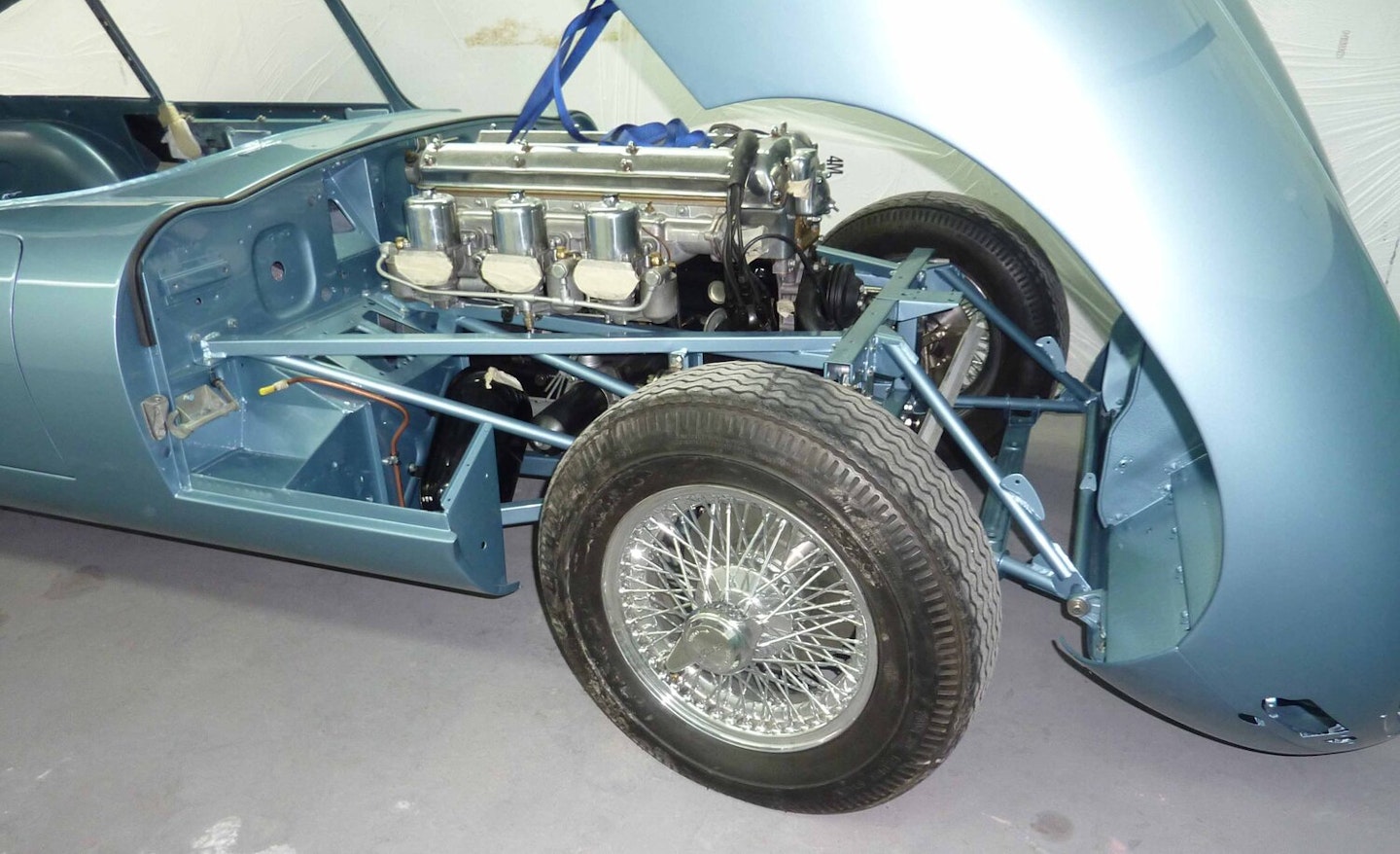
Although he wanted to keep things original, Norman made and fitted the new hydraulic pipes and upgraded the brakes in favour of four-pot calipers. He then dragged a new wiring harness from one of the crates. ‘I figured it’d be fairly simple as I have some experience in electrical engineering.
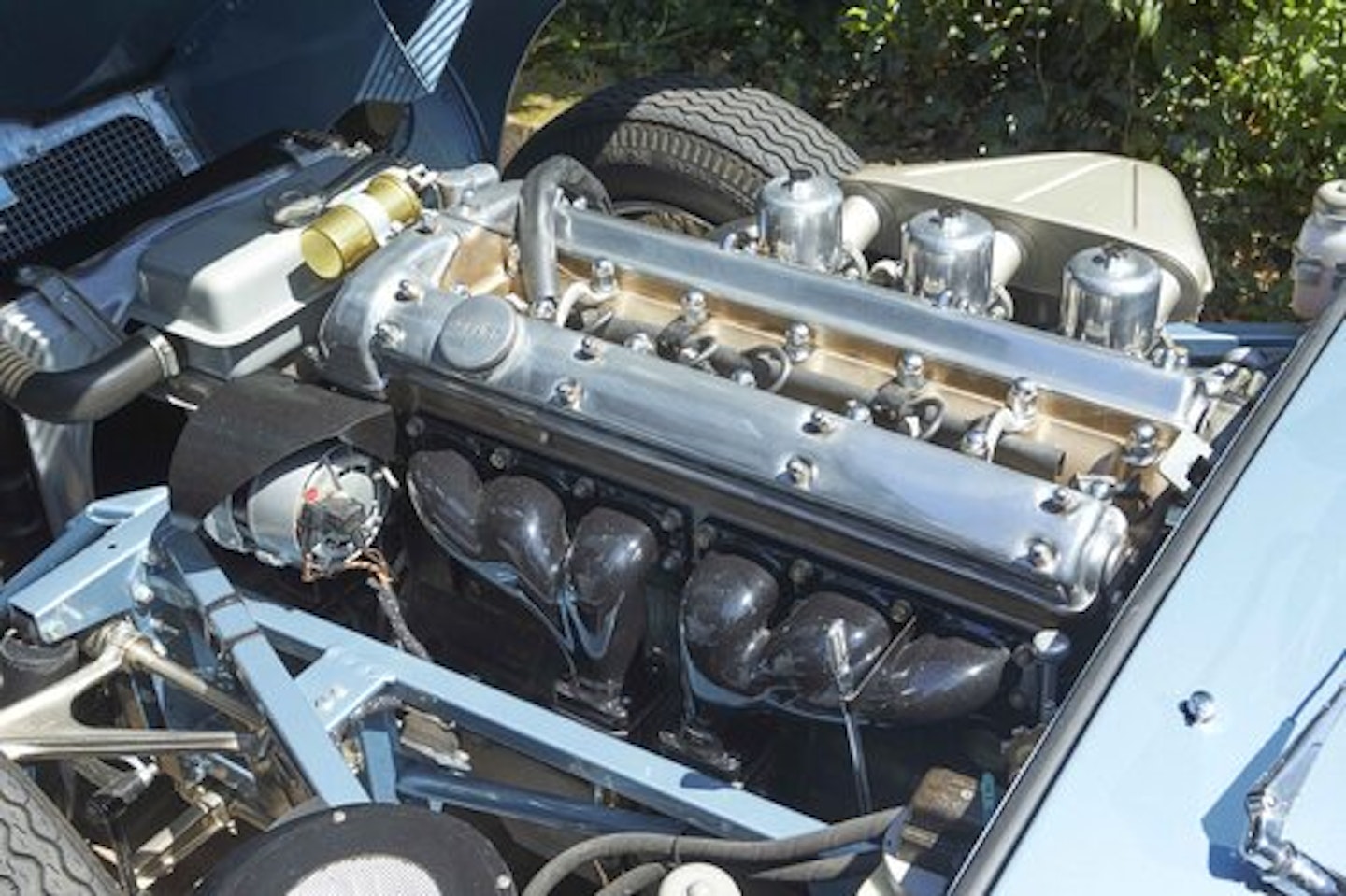
How hard could it be?’ It was far trickier than he’d anticipated: ‘My first mistake was having multiple wiring diagrams for different variants. I then had to work out the route of the loom – not easy when you don’t know where the original one ran.’ But with a few late nights piling through information and some expert advice, one circuit at a time Norman got the job done. ‘The best advice I can offer is that if you’re not sure you got it right, use an in-line fuse of the smallest amperage for the circuit you’re testing. That way, if there’s a short, you won’t cause any damage to the components or wires’.
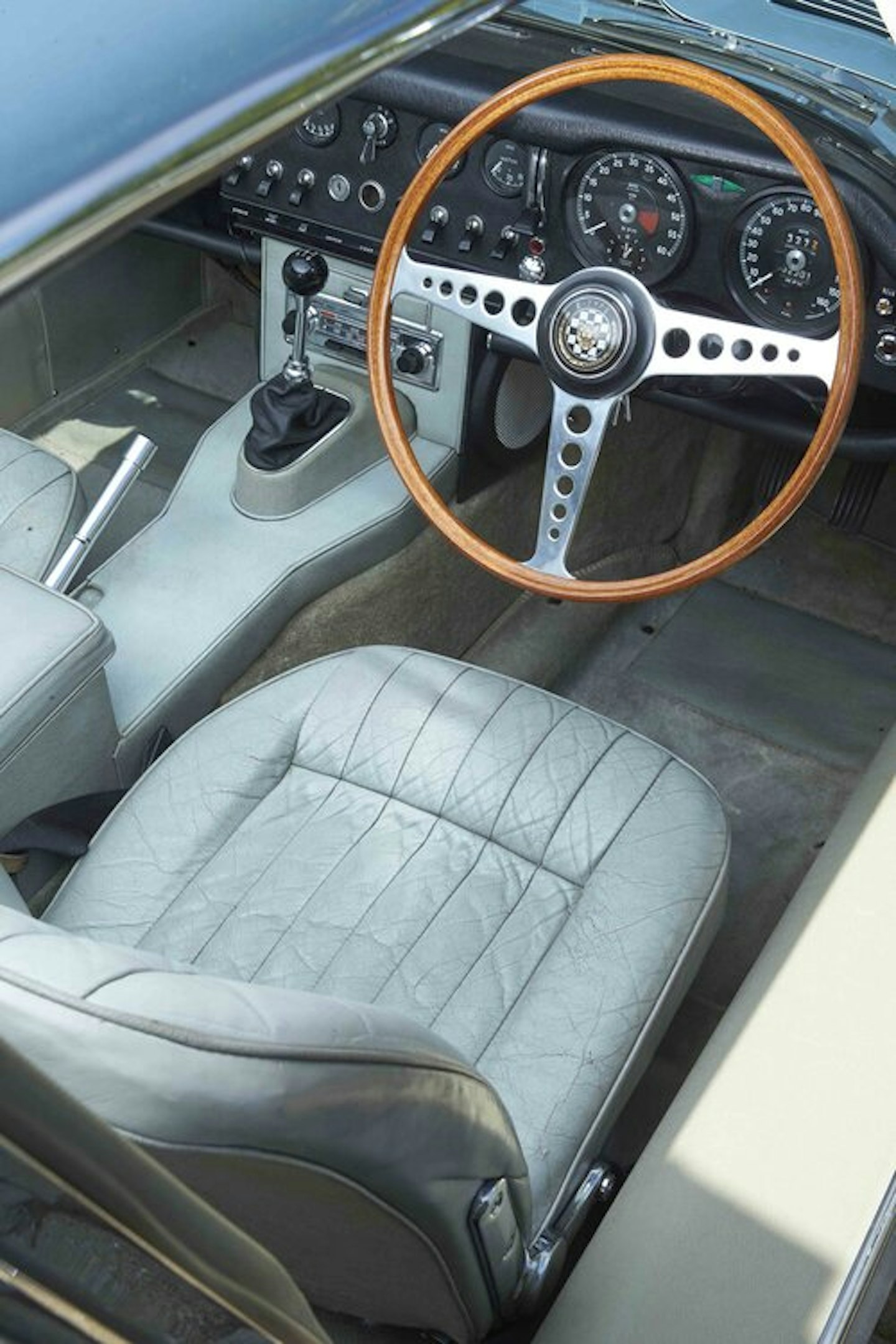
Electricity coursing through its veins, engine accompanied by a new radiator and the interior slotting into place, the E-type was now ready for that enormous bonnet. ‘It had been stored in the house for safe keeping but thanks to my sons, we were able to carefully manoeuvre it from the living room, through the garden and into the garage.’ Despite their best efforts, they couldn’t make it line up with the hinges and then, disaster: ‘We noticed an upward dent in the bonnet, caused by the fixed studs on the new radiator. I should have cut them off after the header tank was fitted.’
Despite this, Norman has decided to live with this little bodywork imperfection. ‘You have to decide if you can live with these things and it’s so small, I think I can for now!’ It was a good lesson though, as he concedes: ‘You can’t assume anything – in this case I assumed there was sufficient clearance. You have to think about how one component relates to another.’
Following months of parts identification, a methodical placement of each bit into a storage tray or box and a further few months of reassembly, the moment had arrived. Norman turned the key and… nothing. ‘I had turned the engine by hand and done all the necessary checks. I knew the starter motor was wired correctly and, ah, a couple of missing earth straps.
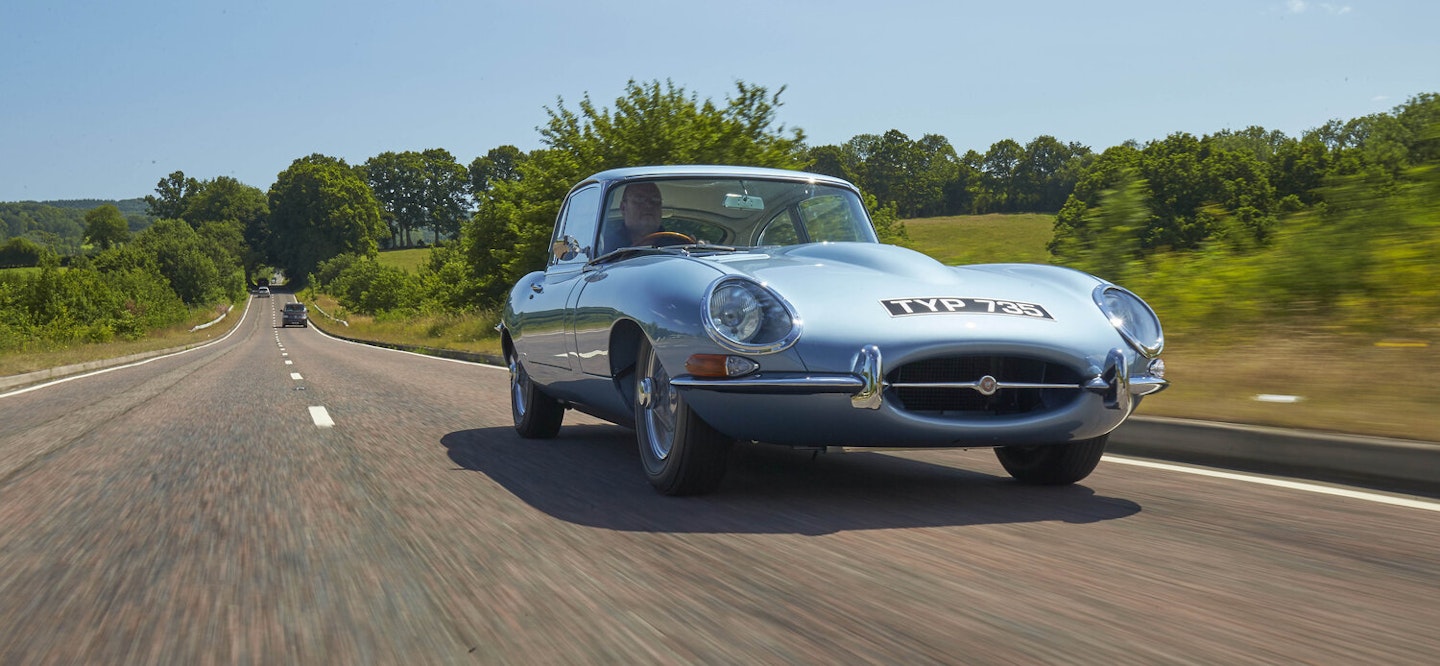
Always the simple things you forget, isn’t it?’ A second press of the starter button and Norman was rewarded with a beautiful roar. ‘The boys were ecstatic! I watch a lot of car restoration shows on TV and never believed it when restored engines fire up on the first turn of the key – but I’m a believer now!’ Norman’s only concern involved the brakes. ‘They passed the required standard but were hard on the pedal. Turns out I had the servo hoses the wrong way around.’
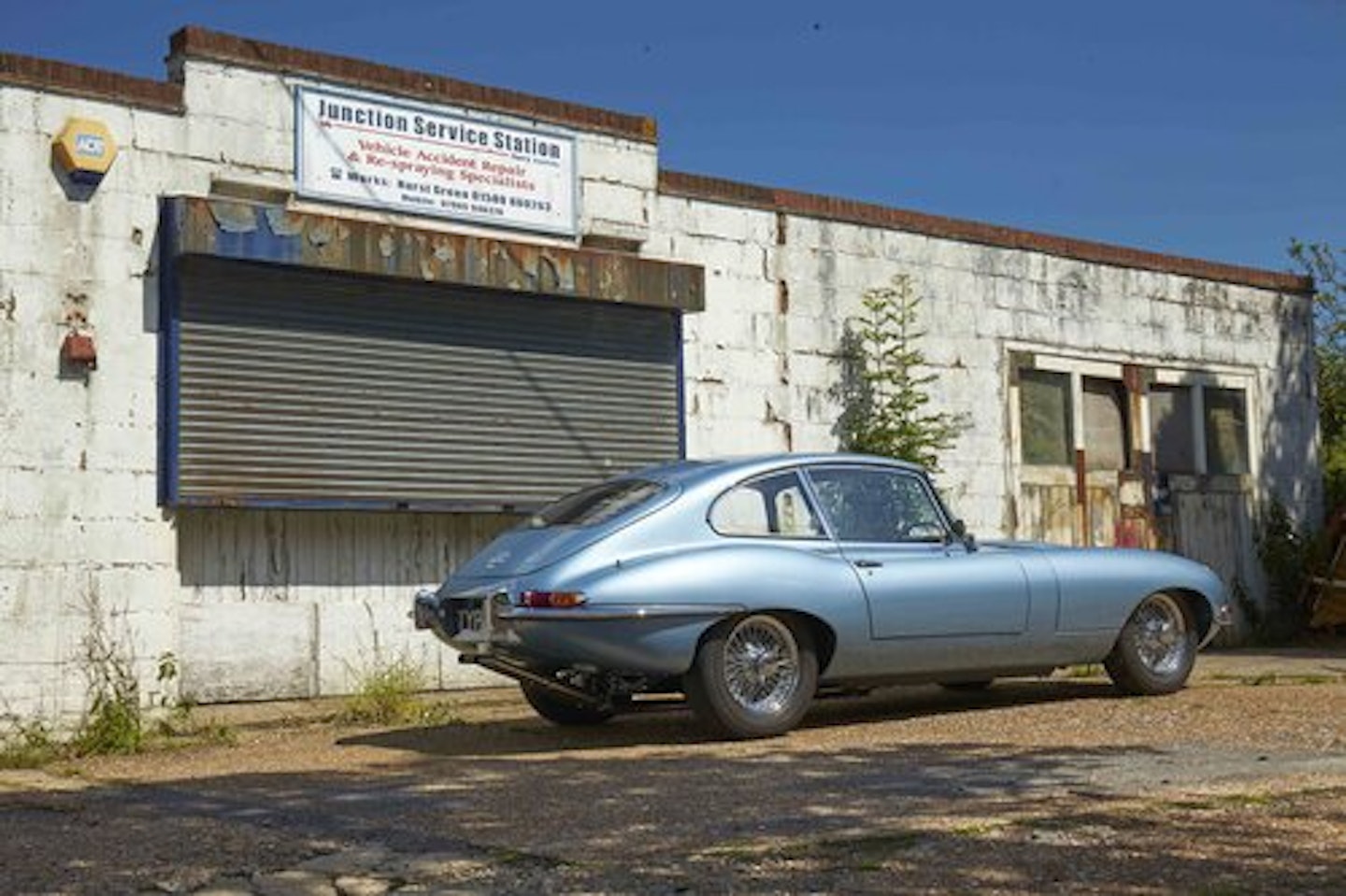
As the car sparkles in the sunshine, rays of light and shadows amid the curves of that voluptuous bonnet, Norman lets out a sigh of contentment. His E-type is more than he ever imagined it would be. ‘My wife would have loved it. It’s en-tirely dedicated to her memory’. Shortly after project completion, Angie was very much on the minds of Norman and his lads when the three of them went to their first car show – Toran in his Mini, Lochlan in his own VW camper and Norman in the Jaguar.
Norman says it was a special moment: ‘I didn’t realise what I had until I opened the bonnet and people started crowding around it! I can’t describe the feeling.’ This E-type is the result of epic work in a confined space, fuelled by a complex combination of grief and the need to find the courage and positive energy to recover from it. It’s the Jaguar that Norman built. And the Jaguar that helped to rebuild Norman’s life.
What’s it like to drive?
‘The iconic E-type… blah blah… engine purrs like a pussycat… blah blah… that view down the bonnet… blah blah…’
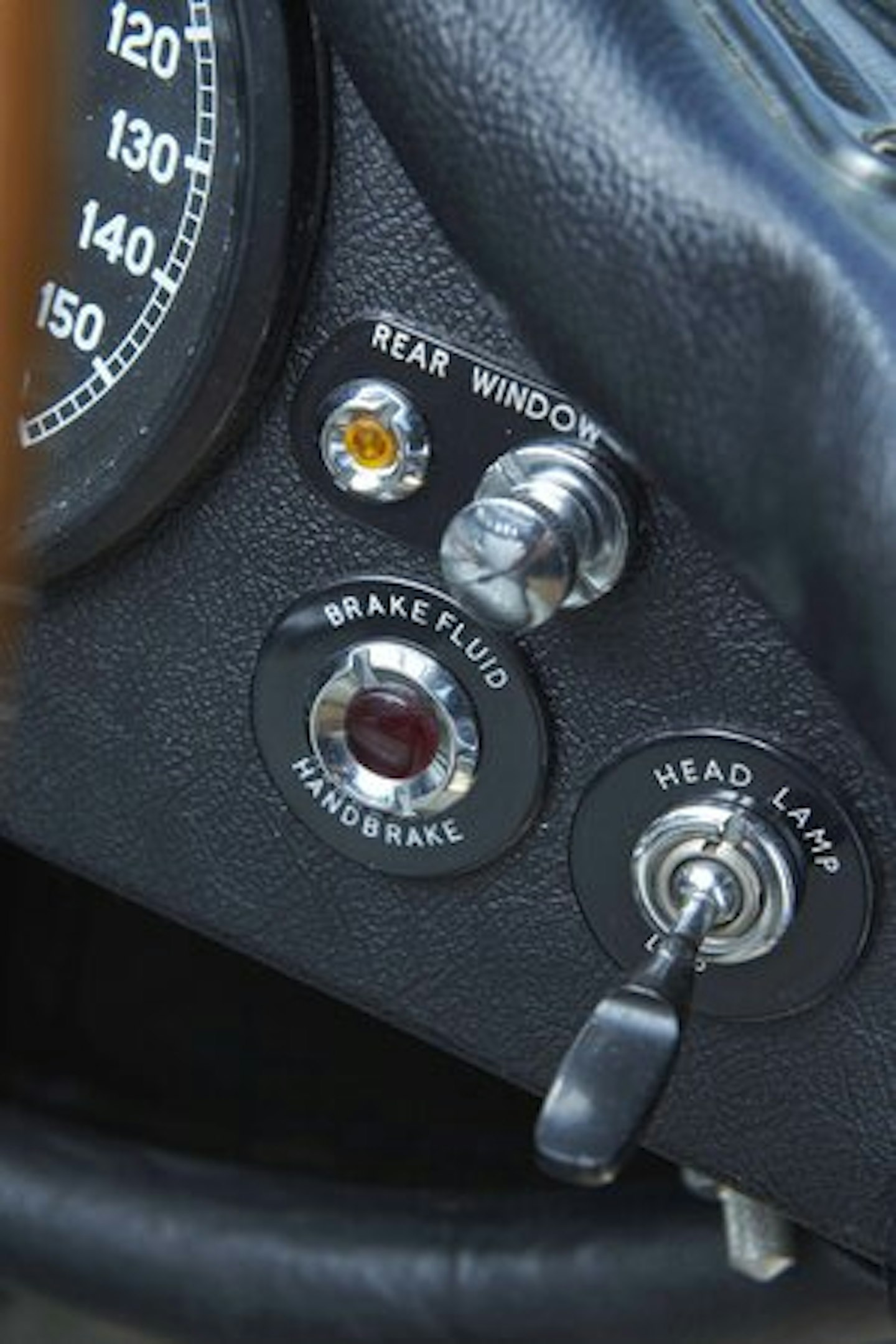
‘Oh dear. How do you evaluate an E-type without exploding into a frenzy of cliches? As I potter through the lanes of East Sussex, I find a way not to be swayed by its iconic status: I try to imagine the E-type looks like an FSO Polonez. Now free of the ‘best looking car in the world’ baggage, I’m able to note a smooth ride and lack of wind noise. I can really feel that fruity exhaust and thrust of a willing 4.2-litre engine as I dart through corners with unexpected composure. This is a brilliantly sorted example. And that view down the bonnet is… oh. Dammit. Look, the simple fact is this: Not only is it one of the most beautiful manmade objects human history, the E-type is also a truly superb car to drive.’
James Walshe, Deputy Editor
